Instructions for treating tomatoes with phytosporin in a greenhouse and precautions when spraying tomatoes
Tomato diseases can deprive a gardener of his harvest. To prevent this, novice vegetable growers try to treat the beds with a variety of preparations. However, for prevention and treatment it is advisable to use a minimum of special means. It is advisable to use universal drugs. “Fitosporin” belongs to such means.
Treatment of tomatoes with Fitosporin is effective and popular among summer residents. But to prevent the drug from harming the seedlings, it must be diluted and used correctly. Read our article about how the product works, what dosages are used and what precautions are necessary.
What kind of drug is this
"Fitosporin" is a systemic fungicide used by gardeners for the prevention and treatment of various tomato diseases.. It was especially loved by greenhouse owners who are constantly faced with fungal diseases.
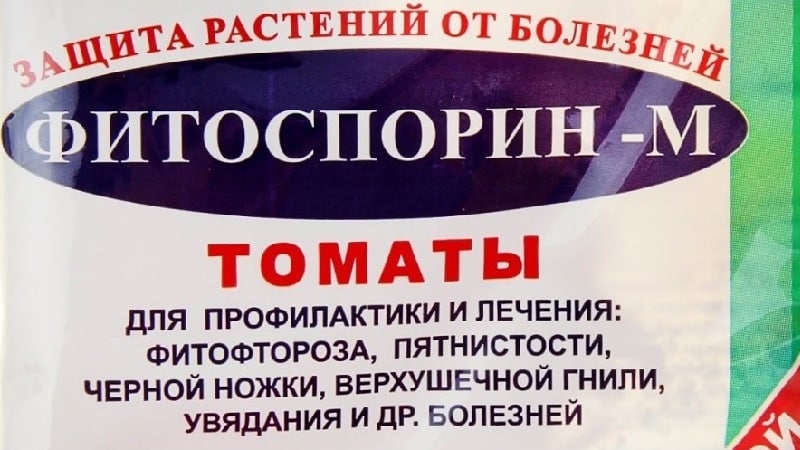
The drug belongs to the immunomodulating agents. It increases the defense system of plants, as a result of which they independently cope with pathogens. Fitosporin also has an anti-stress effect, which is especially important during the period of planting tomatoes in beds.
Why do you need tomatoes, how does it work?
The drug is absolutely harmless to humans and plants. It contains spores of the bacteria Bacillus subtilis, which destroy dangerous pathogens, which can be found not only in the soil, but also on the plant. Once in the seedling tissue, microorganisms produce fungicides and bacterial compounds that suppress the action of pathogens.
For reference. When processed, the drug covers seeds and seedlings with a thin film of beneficial bacteria, which protects against infections.
"Fitosporin" not only protects seedlings from fungi and infections. It improves immunity and heals tissues affected by the disease. The plant becomes stronger and produces a good harvest. The product is suitable for use during ovary formation and fruiting.
The drug protects against such diseases:
- powdery mildew;
- Alternaria blight;
- late blight;
- bacteriosis;
- various rots;
- scab;
- rhizoctoniasis;
- rust;
- Phomasis;
- fusarium;
- cercospora blight
Advantages and disadvantages
"Fitosporin" like any other the drug has a number of strengths and weaknesses.
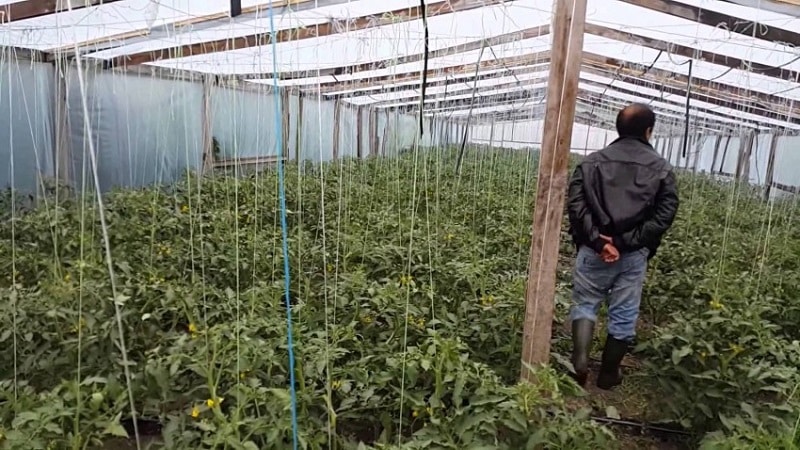
Advantages:
- non-toxic;
- safe for people and animals;
- stimulates the growth and immunity of seedlings;
- increases productivity up to 25%;
- applicable on all types of soil;
- does not accumulate in fruits and plants;
- suitable for treating plants in an apartment;
- does not pose a danger to pollinating insects;
- applicable at all stages of plant development;
- has no waiting period.
Flaws:
- the need to comply with breeding and storage rules;
- decreased efficiency in sunny weather.
Storage conditions
Packages with the drug stored in a utility room at a temperature of +2 °C ... +30 °Cavoiding contact with children and animals. The product has a shelf life of one year.
Indications for use
"Fitosporin" is often mistakenly classified as a drug used to treat tomato diseases.However, the product has a wider range of applications.
"Fitosporin" is used for:
- seed treatment before planting;
- disinfection of seed material before storage;
- disinfection and enrichment of soil;
- processing vegetation into organic fertilizers;
- vegetable care;
- disease prevention.
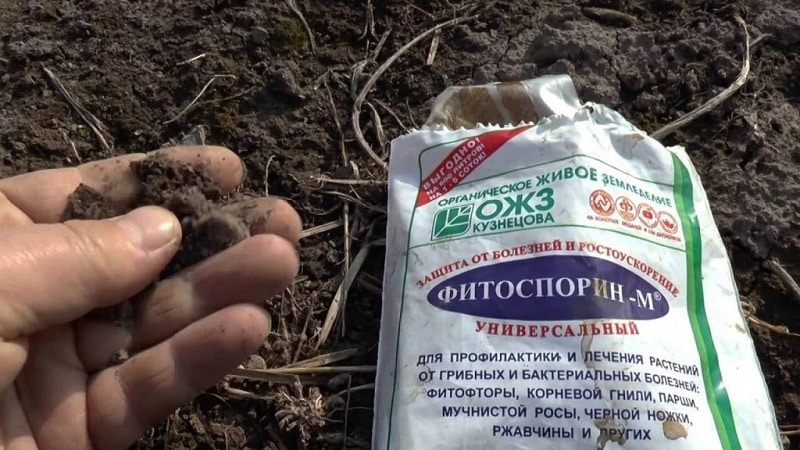
How to prepare the drug
The drug is available in the form of powder, aqueous suspension and paste. There are no significant differences in their effectiveness; the difference lies in the duration of preparation of the solution. The suspension is often used to care for indoor or greenhouse plants. The product comes with instructions that detail how to properly prepare the solution.
Experienced gardeners prefer to prepare a functional solution, which can be diluted depending on the purpose - dilute 200 g of the product (powder or paste) in 400 g of water. The solution will not deteriorate and will be suitable throughout the season. The composition can be prepared for the whole year and stored in a glass jar, avoiding heating or hypothermia.
Important! The drug in powder form takes longer to dissolve than paste.
"Fitosporin" in powder form is diluted in this way: 5 g of product per 10 liters of water. But often it is used in dry form for application to the soil.
How to dilute the drug in paste? This form is mainly used for preparing aqueous mixtures. The product is mixed with water in a ratio of 1 to 2. The solution is concentrated, so it must be diluted before use.
The drug is used in the treatment of tomato diseases. To increase its effectiveness, it is allowed to increase the recommended norms by 2-3 times.During processing, you need to thoroughly spray the stems and leaves on all sides. The procedure is repeated after 7 days.
Step-by-step instructions for use
"Fitosporin" is used at any stage of tomato growing. Rules for dilution and use of the drug vary depending on the manufacturer and form of release.
Pre-sowing treatment
The drug is used to treat soil and seeds. The use of “Fitosporin” serves as a prophylaxis against diseases. In addition, it strengthens the endurance and immunity of seedlings.
How to process:
- To disinfect the soil, the drug in powder form is scattered over the surface of the bed. You can also water the soil by diluting the functional solution - 1-1.5 tbsp. l. liquid into a bucket of water.
- To treat seeds, use a diluted functional solution - 2-4 drops of concentrate per 250 ml of water. The seed material is soaked for 2-3 hours.
- When planting seedlings in a garden bed, it is recommended to soak the roots of the plant for 1 hour in the following solution: 2-4 drops of concentrate per 250 ml of water.
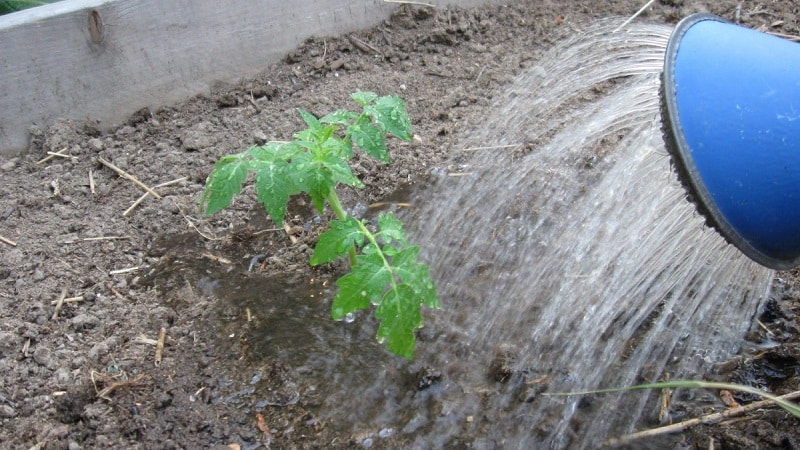
Watering
The first watering with Fitosporin is carried out 12 days after planting the seedlings. The product can be used regularly, alternating with regular root watering. 1 tbsp. l. The drug is diluted in 10 liters of water - this dosage is enough to treat 3 square meters. m plot.
The solution applied at the root feeds the soil, increases endurance, increases immunity and plant productivity by 25%.
Read also:
Instructions for using HOM for processing tomatoes
Spraying tomatoes with iodine: purpose and step-by-step guide
Spraying
The procedure is especially necessary during the growing season. The drug will protect seedlings from powdery mildew and late blight. To prepare the solution, use 2-3 tbsp. l.concentrate per bucket of water. This dosage is enough to treat 100 square meters. m of vegetable garden.
To make the liquid stick to the plant better, add a little liquid or grated soap. Spray the drug using a fine spray bottle.
Peculiarity. Prevention against late blight includes spraying when the first ovary is formed.
The bushes are sprayed from all sides, special attention is paid to the treatment of the lower leaves. The procedure is carried out in the morning or late in the evening. If infected leaves and fruits are noticed during processing, they must be removed.
Precautionary measures
The drug contains live microorganisms, therefore, in its use it is important to take into account a number of nuances in order to preserve their vital functions.
Terms of use of "Fitosporin":
- the optimal air temperature during processing is no higher than +15 °C and lower than +3 °C;
- Do not use warm water;
- chlorinated water is not suitable for diluting the product;
- It is forbidden to prepare a solution in a container in which chemicals were stored;
- After diluting the drug, you need to wait 1-2 hours before processing.
When to process tomatoes and how often
Spraying is carried out once every 7-14 days. During the rainy season, the number of procedures is increased to 2 times a week. Watering with Fitosporin is done once a month. At the end of June it is permissible to use it more often - at this time there is a high risk of signs of disease appearing.
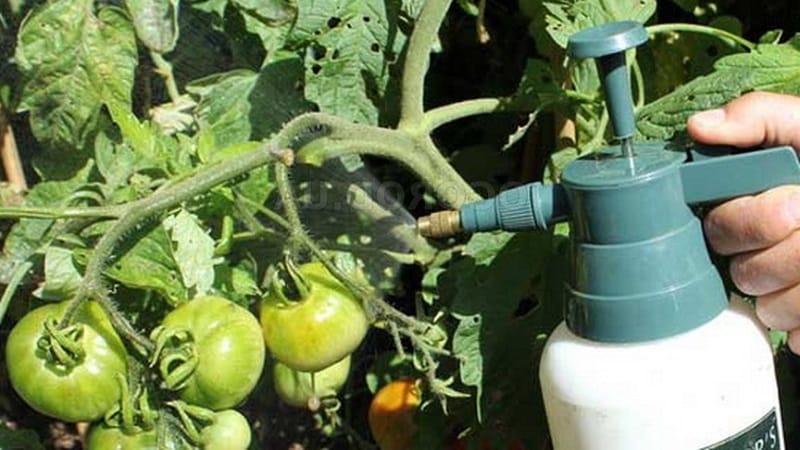
In the treatment of diseases it is allowed use of the drug solution up to 5 times a week.
Nuances of use in open ground
Do not use the product in open beds during precipitation.. In the rainy season, you will need to increase the number of treatments.
The drug contains Bacillus subtilis bacterium, which dies under bright sunlight. Therefore, manufacturers recommend spraying plants in cloudy weather or in the evening.
In the greenhouse
In closed beds, the product is used in any weather.. “Fitosporin” is used not only to prevent tomato diseases, but also to disinfect the structure.
The greenhouse and soil are treated 7-10 days before planting the seedlings. To prepare the solution, use the following dosage: 15 g of the drug per 10 liters of water.
Can the solution cause harm?
The drug is absolutely harmless to humans, animals and plants. Its bacteria act exclusively on fungal spores and harmful microorganisms.
However When working with the drug, it is recommended to wear protective clothing, a gauze bandage and a respirator., and after the procedure, wash your hands well with soap. If the product gets into the eyes or mouth, rinse the mucous membranes thoroughly with running water.
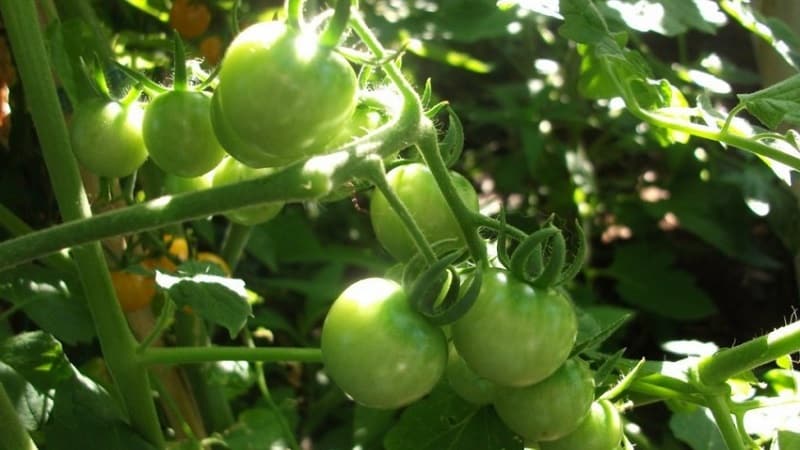
Advice from experienced vegetable growers
The bacteria contained in the preparation may die if hard chlorinated water is used for dilution. Settled, non-cold water is best suited for cooking.
Many summer residents combine the use of Fitosporin with chemicals, insecticides, stimulants and fungicides. The effectiveness of a combination of drugs can be checked experimentally. If a precipitate appears when preparing the solution, this indicates that the products are not compatible.
Important! The preparation in the form of a paste contains humic acids, therefore it is not compatible with stimulants.
Drugs that combine well with Fitosporin:
- "Decis";
- "Strobe";
- "Fitolavin";
- "Quadris";
- "Fundazol";
- "Plantafol";
- "Zircon";
- "Epin."
The effect of the drug is observed only if it is used regularly. You should not expect instant results from a one-time treatment.
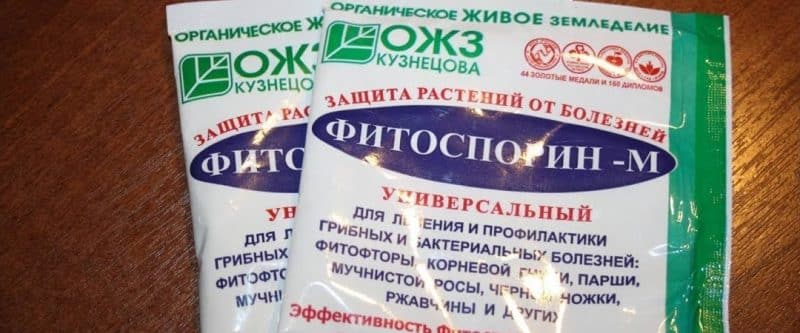
Popular questions
Beginning gardeners may encounter difficulties when using drugs. We have answered common questions from newbies.
When can you eat tomatoes after processing?
The drug is harmless to humans, so the fruits can be consumed immediately after processing. The only condition is that the tomatoes need to be washed well.
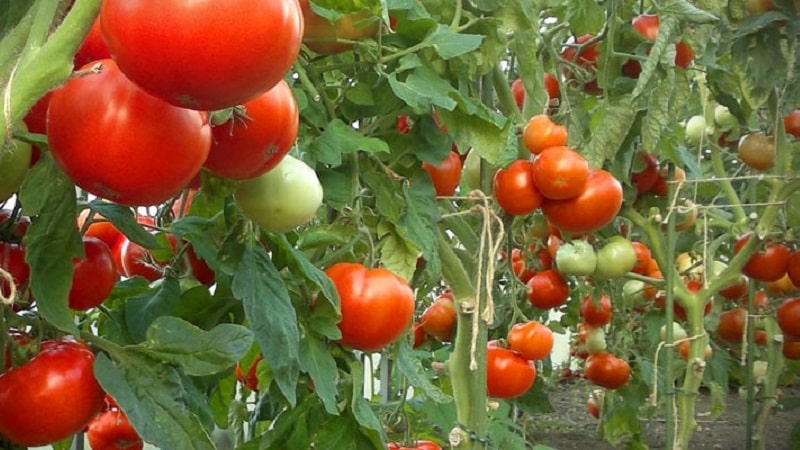
Is it possible to spray during flowering?
The product is used to treat plants during all periods of growth.. Can be used during flowering and fruit ripening.
Reviews from vegetable growers
Gardeners in most cases they speak positively about the drug, noting its main advantage - absence of harmful components in the composition.
Alexander, Krasnodar: “The product works well at normal and high humidity. Not effective during drought".
Nadezhda, Stavropol: I use Fitosporin to spray plants during flowering and fruiting. Tomatoes, cucumbers, grapes, strawberries, wild strawberries and raspberries respond well to the drug.".
Oksana, Moscow region: “I use the drug for preventive purposes; for late blight and other diseases I use stronger chemicals”.
Conclusion
“Fitosporin” is one of the most used drugs in the garden. There are many advantages of this product over chemicals, but there are also disadvantages. Vegetable growers use Fitosporin in the prevention and treatment of diseases, but as practice has shown, the use of this remedy alone against dangerous diseases is not effective. The drug is good in combination with fungicides and insecticides.